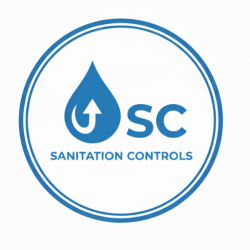1. Personnel Health & Hygiene: Mandates that all employees are trained and adhere to hygienic practices to prevent contaminating food, including reporting illnesses.
2. Handwashing, Sanitizing & Restroom Facilities: Requires readily accessible, fully stocked, and sanitary handwashing stations to be used at all critical times.
3. Cleaning & Sanitizing Procedures (SSOPs): Requires written, validated, and monitored procedures for cleaning all surfaces to prevent food contamination and allergen cross-contact.
4. Environmental Monitoring Program (EMP): A required verification program to find and eliminate environmental pathogens (like Listeria) in facilities producing ready-to-eat foods.
5. Prevention of Cross-Contamination: Demands procedures to separate raw from ready-to-eat foods (microbiological) and to prevent allergen cross-contact.
6. Integrated Pest Management (IPM): A preventive program focused on exclusion and eliminating harborage to keep pests out of the facility, not just manage them once inside.
7. Water & Ice Safety: Requires that all water (and ice) that contacts food or food-contact surfaces is potable and safe from contamination.
8. Chemical Control: Requires all toxic chemicals (e.g., sanitizers, lubricants) to be properly identified, stored, and used to prevent chemical contamination.
9. Sanitary Facility & Equipment Design: Mandates that the facility and equipment are built and maintained to be easily cleanable and to prevent harborage or contamination.
10. Sanitary Transportation of Food: Requires shippers and carriers to use sanitary practices to ensure food is not contaminated or made unsafe during transport.
